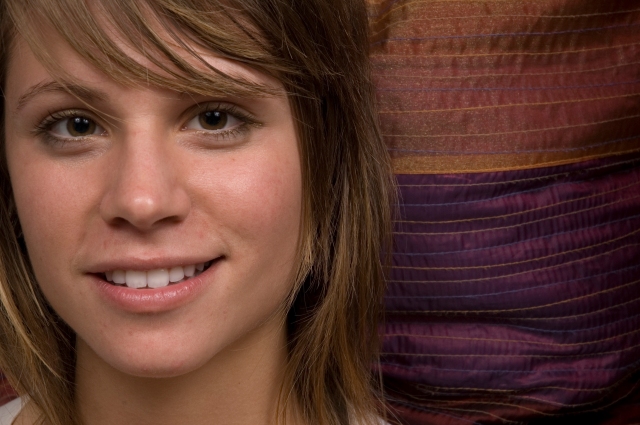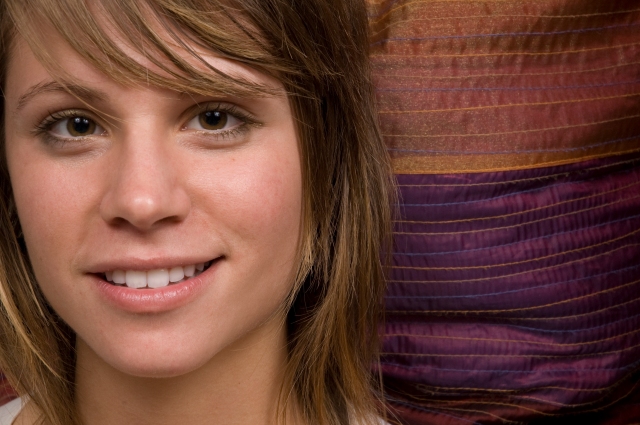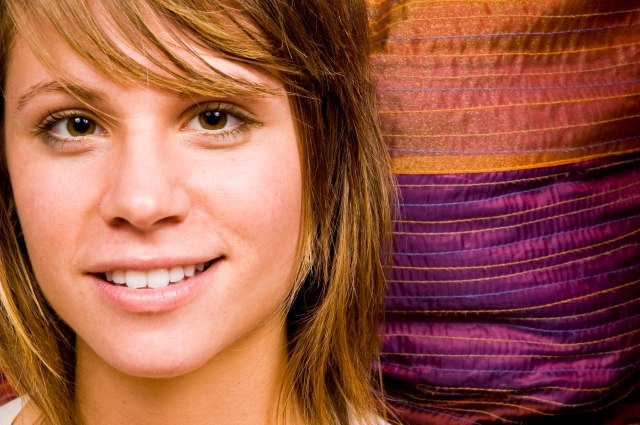I went to school for journalism, and specifically photojournalism. Journalism has truth and accuracy at its core, so my photography classes focused more on storytelling truthfully and less on photo manipulation. We learned the basics to clean up a picture–levels, saturation, sharpening, lightning, and darkening–but only what we needed to ensure the photograph published well and reflected what we as the photographers saw in real life. And this was enough for me in my work as a newspaper photojournalist.
As the years went on, though, I realized there was a lot I didn’t know about Photoshop, which is a powerful program in the right hands. And looking back on my college photography with a more experienced eye and a more mature aesthetic, I cringe at some of the photographs I was proud of; not so much for the composition, but for the editing.
Just like any skill, photography and photo editing need to be practiced, over and over and over again, to hone not only the skills but the aesthetic. Practice leads to more practice as one grows in their abilities and tries new techniques and develops their artistic style. I mean, just look at Picasso:

Picasso never stopped practicing and developing as an artist. From his traditional background, he evolved into the cubist and surrealist artist that he is most known for.
We should all follow Picasso’s lead and never stop practicing and evolving. With photography, it can be even more interesting to go back to old photographs and old edits and see how you can improve on them.
I wanted to go back to one of the first photos I took using real flash gear. It was for my Advanced Photojournalism class in my 2008 Winter term, and we had to partner up with a classmate. My partner was Katie, and I ended up taking pictures of her in her bedroom.
My favorite shot from the session was this one:

Not bad, all things considered. I still like the composition, the ambiguous smile, and the straight-into-camera eye contact. The lighting isn’t bad, but overall, everything could pop more. The “final” retouched version turned out like this:

What I turned in for my assignment was a little brighter, and I cleaned up her skin a bit, but otherwise, I didn’t stray too much from the original.
For years now, I’ve had the version below as the one I put in my portfolio:

As I look back on it now, I cringe. The lighting is too bright, the color is off, and overall, my editing was both limited and too heavy-handed. I played with the few tools I knew and used them to their extreme.
I wanted to make the original look better using more advanced (for me) tools. I’m still, at heart, a photojournalist, so for this, I didn’t want to stray too far from the original, but I definitely wanted to enhance Katie’s features in more sophisticated ways for this portrait. So I used three different tutorials to help me in my quest to improve the photo in ways that were still true to my aesthetic–sharpening through blurring, smoothing the skin, and brightening the eyes. Each of these steps would be just too much for photojournalism, but they are perfect for portrait photography. The results?

The editing looks natural and Katie still looks like herself, but she pops more. The background is blurred, so Katie stands out, I’ve smoothed out her skin beyond just removing blemishes but without losing her features, and I’ve brightened her eyes a little.
Looking at the before and after photos of the original and this latest iteration, the differences are both subtle and profound, which you can see in this slide comparison. When I compare the 2018 version with my 2008 portfolio version, I both scream a little inside and applaud myself for not resting on what I’ve done in the past. That 2008 portfolio version represented who I was as a photographer 10 years ago, and now I get to grow from that place.
I’m likely never going to be Picasso in terms of a complete transformation in my aesthetic, but I should be like him by continuing to work on mastering the basics and grow from that foundation to explore styles outside of my comfort zone. Through continual learning and practice, anyone can find their artistic style…at least long enough until they develop their next one.
Leave a comment about what you think about the article, the linked tutorials, or with any insights to your own evolution as an artist!
~AB

Inspiring! I cringe at some of my writing from the past. But, like you said, we can rejoice in our development and view the cringe-worthy relics as proof of how far we have come.
Thanks for the insight in photography as well. I like how the picture looked natural, and how the editing didn’t overwhelm it.
LikeLike
I think it would be an interesting process to go back to your old writings that make you cringe and re-working them to something that reflects your abilities today. Maybe there’s a setting, character, or concept that can be improved or repurposed. Granted, that’s a lot more work than re-editing a photo, but it could be a fun challenge nonetheless!
LikeLiked by 1 person
That’s a good idea! Thank you. 🙂
LikeLike
Fantastic post. I really enjoy seeing what goes into some of this kind of thing; there’s always so much craft involved that the final product doesn’t make apparent.
LikeLiked by 1 person
Love it!
LikeLike